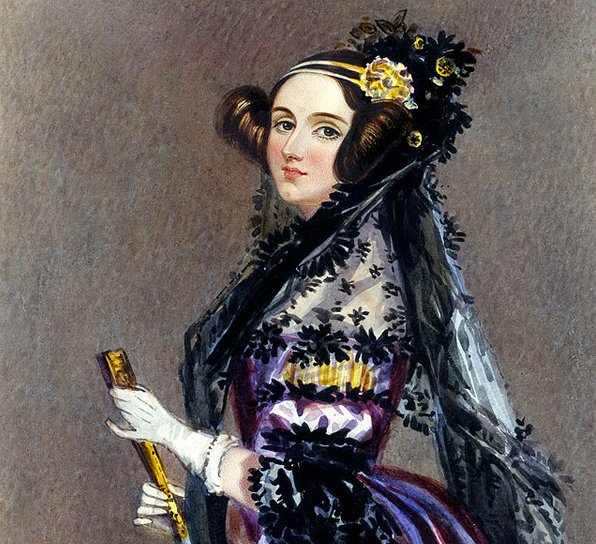A Georgia Institute of Technology professor has proposed an alternative to the Turing Test in assessing artificial intelligence. It would be based more on creativity than communication.
The idea of the test comes from a 1950 paper by Alan Turing in which he talked about the possibility that a computer could one day pass itself off as a human while answering a series of questions. Though Turing never stipulated time limits or “pass marks” there have been numerous attempts to set down criteria and see whether a computer could “pass the test.”
Mark Riedl believes the various “Turing tests” aren’t the best way to measure artificial intelligence as they concentrate on too narrow a skill and put the emphasis on deception.
He’s instead proposing an update to a 2001 idea, the Lovelace exam, named after Ada Lovelace (pictured). She had argued that creativity was the key to distinguishing human intelligence. Three researchers at the Rensselear Polytechnic Institute proposed a test by which a computer would have to create an artistic work in a way that the computer’s creators and operators couldn’t explain.
Riedl says his proposal aims to take that principle, but make it more objectively measurable. His rules are:
For the test, the artificial agent passes if it develops a creative artifact from a subset of artistic genres deemed to require human-level intelligence and the artifact meets certain creative constraints given by a human evaluator. Further, the human evaluator must determine that the object is a valid representative of the creative subset and that it meets the criteria. The created artifact needs only meet these criteria but does not need to have any aesthetic value. Finally, a human referee must determine that the combination of the subset and criteria is not an impossible standard.
Put in simpler terms, the computer must not only create an artistic work (such as a picture or story), but it must meet specific content that’s set down in advance. For example, rather than just create a story, it might have to contain particular characters and plot points.

